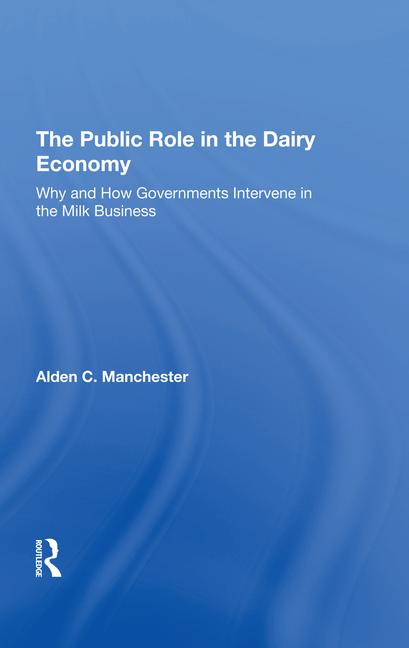To be certain we are all on the same page, let’s look at my list of truck, tractor and refrigeration fuel choices. My list includes: ethanol, methanol, bio-diesel, clean diesel, compressed natural gas (CNG), liquefied natural gas (LNG), propane (LPG) and methane gas. That is a list of eight possible choices.
Before beginning the decision process, let me point out that not all of the fuels on the list are equally available, nor are all of them practical alternatives to all fleets in all locations. Probably half offer universal applicability to virtually all dairy and ice cream delivery and transport fleets.
Ethanol, as it is currently produced in the United States, is a false economic choice for fleets. It should be largely considered a product of politics. In this country, the producers depend on government per-gallon subsidies to make their product profitable. The poor economics are further compounded by use of food grains as the source for most of the ethanol produced (as opposed to use of sustainable, lower-cost sources such as wood chips and switch grasses). Currently, the bulk of U.S. production is also believed to consume more BTU of energy to produce than the total energy content (in BTU) of the product produced.
Bio-diesel is frequently not only a subsidized but also a state mandated-use product. In my view, that makes it a questionable product from which to base a fleet’s future operating plans. The concept of bio-diesel is commendable. If it is produced using cheap, thrown-away products such as cooking oil, food scraps and other cellulosic wastes, it probably makes for positive sustainable economics. But these bio ingredients are at present almost entirely related to local circumstances and are quite limited in scope and volume of products.
Research into using a wide range of sustainable, low-economic-value cellulosic and other waste and biological feed stocks may soon yield new economically profitable feed stock sources that can create dependable, economical supplies of bio-diesel and ethanol.
Methane gas is a natural fuel product commonly emitted as waste from municipal refuse waste dumps. In the unique set of circumstances stemming from these special situations, municipal vehicles and school buses are now being fueled with methane gas on a very attractive cost basis. Not only are the fuel economics positive, but the former waste gas is no longer contaminating the air. But again, this is not an across-the-board option available for all fleets.
Clean diesel is without doubt today’s No. 1 mainstream fuel for delivery trucks, tractors and transport refrigeration. Barring some unforeseen game-changing event, I believe that this fuel will remain No. 1 for at least the next 10 to 15 years. Why such a relatively short time line?
Recent reports have identified domestic exploration and production of shale-sourced natural gas and oil to be the single largest economic activity and job producer in the United States. Recent years have seen the development of new drilling methods and technology, which now permit a new drilling method known as hydraulic fracturing, or fracking.
Fracking, combined with horizontal drilling techniques, has opened millions of acres of shale rock to profitable production of both natural gas and oil. The vast new North American fields that are being discovered and developed from the tip of south Texas to Canada will provide many years of supply and greatly reduce our dependence on the Middle East. These new fields have and will continue to drive down the cost of natural gas and diesel produced in North America.
An article in the Dallas Morning News stated: “Exxon Mobil Corp.’s latest global energy forecast expects U.S. oil imports from OPEC to nearly vanish over the next 30 years.” Meanwhile, IHS Cambridge Energy Research Associates says that hydraulic fracturing “is expected to boost (U.S.) oil production by 2.9 million barrels a day — a jump of more than 50% by 2020.”
Based on the projected size of U.S. reserves and their effect on market price, plus the much cleaner nature of natural gas, I believe that compressed natural gas could replace diesel as the mainstream delivery or route truck fuel of choice within 10 to 15 years, while the over-the-road or long-haul fuel of choice is much more likely to remain primarily clean diesel powered for a long time to come.
My thought is that the much higher cost of over-the-road LNG tractors and the current nonexistence of competitive nationwide (open to the public) refueling networks will remain an incredibly expensive handicap, versus clean diesel in the foreseeable future.
So, if I were still developing equipment specs and planning dairy and ice cream fleet purchases; my bet is on CNG for local area (home every night) route trucks and clean diesel for over-the-road or long-haul tractors.





